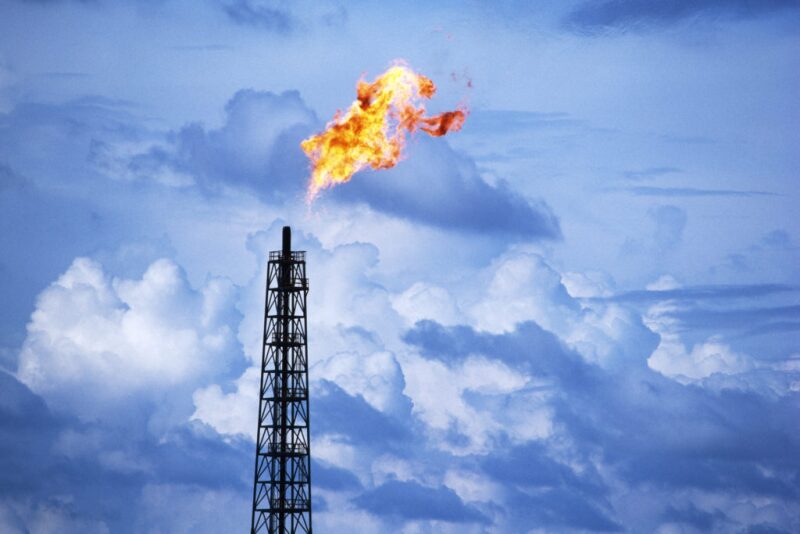Honeywell announced that its Callidus Technologies business began operation of China's only facility capable of testing flare emissions for volatile organic compounds (VOCs). The test center in Luoyang, Henan Province, aids customers that are working to reduce emissions of VOCs in industrial flare systems and improve flare operation.
The Callidus Luoyang Combustion Research and Development Center is the largest test facility of its kind in Asia. Its design and testing methodology was developed by Callidus in conjunction with the US Environmental Protection Agency, resulting in a significant improvement over industrial design requirements.
"Measuring flare emissions can be difficult and dangerous because flares lack an enclosed combustion chamber, often are elevated, and they come in many different designs and sizes," said Henry Liu, vice president and general manager of Honeywell UOP China. "Combusted gases can be emitted in any direction at any velocity, so we use a patent-pending hood-like structure and sampling rake with multiple sample ports to gather accurate readings from the flare."
Flare VOC emissions can be reduced by controlling combustion performance. The destruction and removal efficiency (DRE) of flare gas is measured as a percentage of total hydrocarbons removed or destroyed by the flare. This is one of the key factors to measuring the performance of flare VOC emissions because it represents how well the flare performs.
The test facility confirms that the DRE of Callidus flare tips exceeds 99.5%, resulting in a 75% reduction in VOC emissions and exceeding standard industrial design requirements of 98% of DRE.

